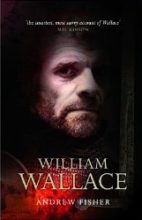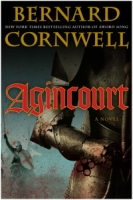William Wallace (Fisher): Book Review

Originally published nearly a decade before the movie Braveheart was released, Andrew Fisher’s biography William Wallace is a concise, thoroughly researched, and entertaining telling of Wallace’s life.
In this book, Wallace’s life is portrayed with as much detail as possible with the relatively low amount of source material on his life. The book starts with a good account of the conflicts leading up to the Scottish War of Independence; the death of Alexander III, the problems of John Balliol, and Edward I’s eventual invasion of Scotland. This sets the stage for the story of the uprisings that happened around Scotland, one of which is Wallace’s, that eventually merges with Andrew Murray’s for the Battle of Stirling Bridge (1297). Then goes on to tell the story of his time as a Guardian, the major defeat at the Battle of Falkirk (1298), his return to leading small raids, and his eventual capture and execution (1305).
Throughout the book, Fisher incorporates the material from a variety of resources to not only give a great account of Wallace’s life, but also a thorough portrayal of the major contemporary players in the political situation of the time, on both sides of the conflict.
This is a quick read and a great source of information about William Wallace. The book is available on Amazon in Kindle and Paperback formats.
Related DecisiveDays Books:
11 September 1297
